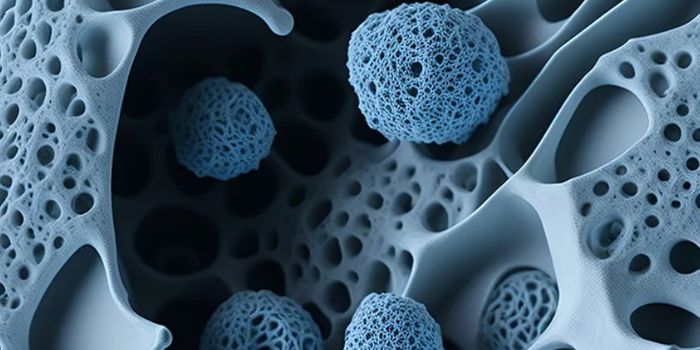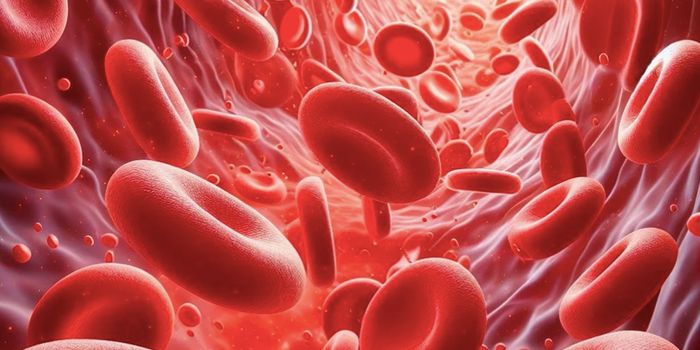A 2020 Census for Microbes in Florida Springs
Water sources are vital to communities and wildlife alike, and it's important to monitor their health. The Floridan Aquifer, for example, supplies drinking water to around ten million individuals, provides a home for manatees in chilly months, and a recreational area for people. It's also under threat from rising seas, agricultural runoff, and stresses caused by development. Researchers have now assessed the bacterial, viral, and archaeal communities that reside in the aquifer, the first study of its kind. The findings have been reported in mBio.
"It really shocked us that this hasn't been done before," said senior study author Dr. Mya Breitbart, a professor at the USF College of Marine Science.
In this study, from May to June 2017 the researchers took samples from five springs in northern Florida that serve as a mirror of the aquifer, Breitbart said. Together, the springs discharge more than 246 million liters of water a day. With microscopy and genetic tools, the scientists identified the microbes in the aquifer, and checked health indicators like nutrient and dissolved oxygen levels.
The researchers found much lower levels of bacteria than what they expected - on the order of 100 to 1000 times less than what's been found in other surveys of groundwater. What they found was similar to what's seen in other marine environments, said Malki. They did identify 60 new viral genomes, some of which may be able to infect bacteria and other viruses that could potentially infect eukaryotic cells.
They also found unique groups in each spring. Malki theorized that a spring's microbial population is affected by local land usage, though relatively high levels of Proteobacteria, Cyanobacteria, and Bacteroidetes were found in all the springs.
"Our original hypothesis going in was that the communities living in each spring would look similar because the springs are fed by the same aquifer," said Kema Malki, a USF Ph.D. student, "but they don't look similar at all."
Viral genomes can be made of different kinds of genetic material, including RNA, single- or double-stranded DNA (ssDNA or dsDNA). Most viruses in the Ichetucknee Spring were ssDNA viruses. Usually, large dsDNA viruses dominate marine ecosystems.
"We know so little about these single-stranded DNA viruses," Breitbart said, "and we have a lot more to learn about the roles they play in aquatic ecosystems." The researchers applied a technique that can amplify both single- and double-stranded DNA. Many typical methods only detect dsDNA viruses.
They also learned about the state of the aquifer.
"The concentrations of phosphate and nitrate we found in certain springs were very high compared to the concentrations reported in other groundwater environments," Malki added. Extremely high nitrate levels were found in Jackson Spring, while Volusia Spring had the highest phosphate concentration. "We knew there was a growing water quality issue in the springs but didn't expect the numbers to be that high," Malki said.
The study suggested that land use may be having a dramatic impact on these marine microbial populations.
Forest and agricultural land surrounds the water feeding Jackson Springs, and the most urbanized environment was found around Volusia Spring. At Volusia, bacterial and viral levels were ten times higher than at other sites.
"We'd need to drill down further to really know what's going on here," Malki said, "but we can confidently say that each spring site is different even though they are all fed by the same aquifer."
A variety of follow-up studies are now planned.
Sources: Phys.org via University of South Florida, mBio








